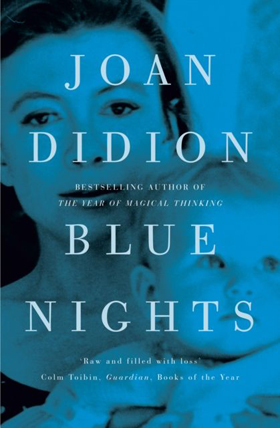No one observed the American countercultural explosion and its ultimate demise like Joan Didion. Here are 9 of the very best Joan Didion books.
Born in 1934, Joan Didion came of age in the devout conservatism of the postwar period and was ready with her pen as America convulsed throughout the 1960s. She was a journalistic reformer, slicing through the chaos of the Californian counterculture with acute, deadpan observations. So, if you’re new to Joan Didion books, where do you start?
Bouncing from fiction to memoir, her body of work traverses politics, relationships, and the tragedy of loss, unfurling in effortlessly readable elegance. Read on to list the best of Joan Didion books ranked.

Run River (1963)
Starting at the top, we have Didion’s fictional debut. By this point, she was already an established writer, rising to be a features editor at Vogue in New York. In Run River, Didion plumbs her Californian roots to paint a history of the state through disaffected, wealthy characters. She was critical of her debut later in her career, but it nevertheless sets the scene for her lifelong exploration of her home state.
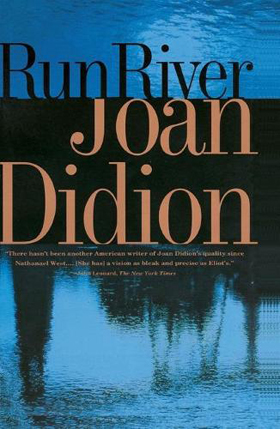
JOAN DIDION
RUN RIVER
Slouching Towards Bethlehem (1968)
Though Run River garnered attention for Joan Didion on the literary scene, Slouching Towards Bethlehem cemented her reputation as a journalistic innovator. A pioneering work of the creative non-fiction genre, it turned a critical, yet non-didactic eye toward the prevailing culture and the malaise, tinged with madness, that accompanied the excess of the period. A groundbreaking work that reads as freshly today as at the time of publishing.
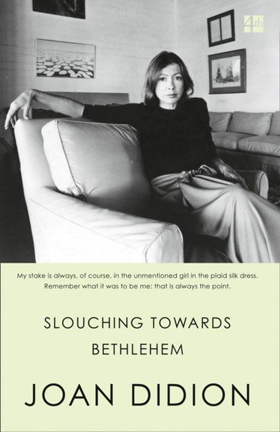
JOAN DIDION
SLOUCHING TOWARDS BETHLEHEM
Play It As It Lays (1970)
In Play It As It Lays, Didion continues to eye the ’60s with scepticism. This time, however, she finds freedom in fiction to follow the trail of destruction to the bitter end. The protagonist, Maria Wyeth, finds herself increasingly detached from reality, after dealing with the bitter blows of relationship dysfunction, a faltering career, and the trials of motherhood.

JOAN DIDION
PLAY IT AS IT LAYS
A Book of Common Prayer (1977)
Possibly Didion’s most adventurous fictional sojourn, A Book of Common Prayer takes readers to Boca Grande: a fictional state in Central America. Though its locality is imagined, it’s subject to the real-life tumult of the period, much of it inflicted by America. Complex, violent, and dramatic, this novel gave rise to some of Didion’s most memorable characters.
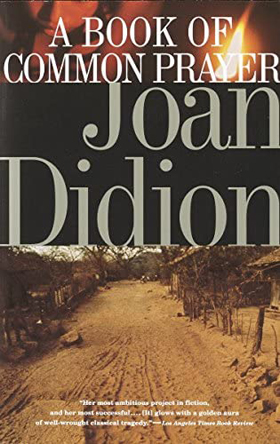
JOAN DIDION
A BOOK OF COMMON PRAYER
The White Album (1979)
A pillar of Joan Didion’s journalistic output, The White Album chronicles the dark excesses of the ’60s and its impact on the proceeding decade. It reads like a compendium of the era, but Didion’s cool detachment imbues these episodes with timelessness. In an era that lends itself to fetishisation, her unwavering ability to render observations with fidelity helps readers to see it for what it was.
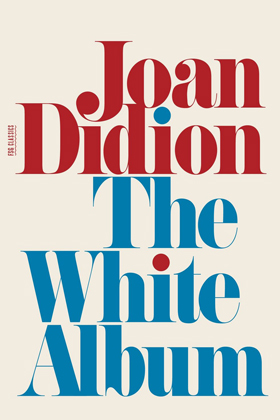
JOAN DIDION
THE WHITE ALBUM
Miami (1987)
In Miami, Didion sheds new light on Florida’s tropical metropolis. The Cuban diaspora that has contributed so much to its identity has a story to tell about everything from the Bay of Pigs debacle to the Watergate scandal.

JOAN DIDION
MIAMI
Where I Was From (2003)
Written as she approached her 70th birthday, Joan Didion approaches the California of her childhood from new perspectives, but with the same style. A masterful collection that traverses memoir, criticism, art, and politics, it’s an oft-overlooked gem from the Didion canon.

JOAN DIDION
WHERE I WAS FROM
The Year of Magical Thinking (2005)
Written as a response to the death of her husband, The Year of Magical Thinking is a rare personal reflection. Groundbreaking in its holistic approach to grief, it lingers far beyond the typical signposts of mourning, delving into the thought processes that sustain survival while honouring the past.
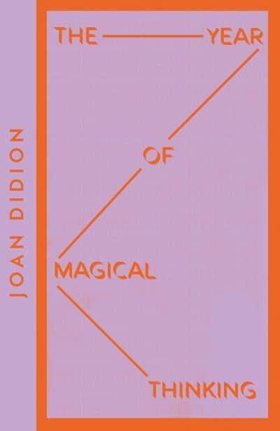
JOAN DIDION
THE YEAR OF MAGICAL THINKING
Blue Nights (2011)
Again confronting a monumental family tragedy, Blue Nights sees Didion writing about the loss of her daughter, Quintana, who died at the age of 39. As Didion approaches the denouement of her own life, she poignantly navigates her loneliness on the page.
